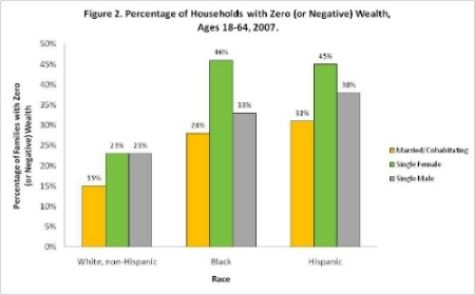The following is a guest diary by Diana Zavala. An educator, political activist and single mother of two, this is the second guest diary that Diana has written for us. Diana presented this piece as part of the panel at Left Forum 2013 organised by Geminijen.
Three years ago I found myself closing the chapter on my marriage. I did this against the advice of my friends who tried persuading me to stay for the children, for the sake of security and until I finished my studies. I had spent 10 years in an unsatisfying marriage and the thought of one more day for the sake of something/somebody else just was not acceptable. I left the marriage and while the emotional release was satisfying; but being independent and having to be responsible for my family was a reality I don’t think I fully grasped.
I decided there had to be a way that women in my situation could qualify for public assistance. Here I was a student, with two kids, huge rent bill, no health insurance, but these circumstances were only temporary I thought, and with a little assistance I would be able to overcome them and get myself back on my feet. I thought ‘hey, I’m not the quintessential “welfare queen” so demonized by society’, I’m someone who needs help and can become independent with some assistance. I discovered it wasn’t the case, that women who were in my predicament had no safety nets available for them to bounce back. I didn’t qualify for anything because I had too much money from child support which was just enough to cover the rent. The Welfare office recommended I become homeless in order to apply for Section 8 housing and I didn’t qualify for Food Stamps, nor did I qualify for Medicaid.
Here it was, I had been a high school teacher before getting married, I left teaching to care for my son while my husband’s career progressed and so did his income and retirement. I had no money and no savings and was being advised to become homeless so I could qualify for housing assistance and food stamps, so I could provide for my children.
I had walked into the office feeling like a strong feminist who had left her marriage choosing independence from a husband and who could make it on her own. I was college educated, employable, and young enough to have energy to fight and overcome. I came out of the office understanding that my situation was no different from other women who leave, that while I had education and language, my status as a single mother did not differ much from that of my mother’s when she immigrated from Honduras after she divorced my father.


Recent Comments